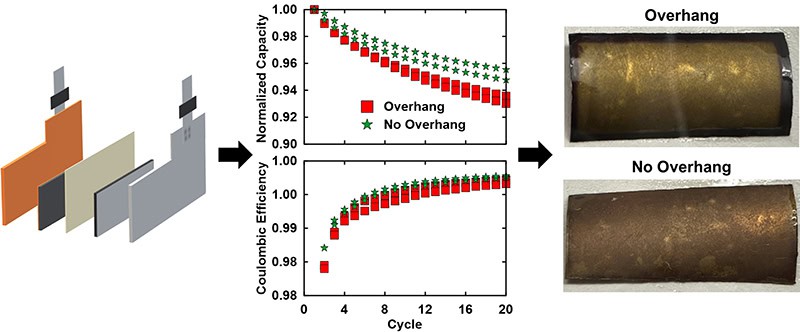Available to watch now, The Electrochemical Society in partnership with BioLogic, EL-Cell and TA Instruments – Waters explains how to optimally test your lithium-ion battery electrode materials
Want to learn more on this subject?
For academic researchers, the cell format for testing lithium-ion batteries is often overlooked. However, choices in cell format and their design can affect cell performance more than one may expect. Coin cells that utilize either a lithium metal or greatly oversized graphite negative electrode are common but can provide unrealistic testing results when compared to commercial pouch-type cells. Instead, single-layer pouch cells provide a more similar format to those used in industry while not requiring large amounts of active material. Moreover, their assembly process allows for better positive/negative electrode alignment, allowing for assembly of single-layer pouch cells without negative electrode overhang. This talk presents a comparison between coin, single-layer pouch, and stacked pouch cells, and shows that single-layer pouch cells without negative electrode overhang perform best. Additionally, a careful study of the detrimental effects of excess electrode material is shown. The single-layer pouch cell format can also be used to measure pressure and volume in situ, something that is not possible in a coin cell. Last, a guide to assembling reproducible single-layer pouch cells without negative electrode overhang is presented.
An interactive Q&A session follows the presentation.
Want to learn more on this subject?

Matthew D L Garayt is a PhD candidate in the Jeff Dahn, Michael Metzger, and Chongyin Yang Research Groups at Dalhousie University. His work focuses on materials for lithium- and sodium-ion batteries, with a focus on increased energy density and lifetime. Before this, he worked at E-One Moli Energy, the first rechargeable lithium battery company in the world, where he worked on high-power lithium-ion batteries, and completed a summer research term in the Obrovac Research Group, also at Dalhousie. He received a BSc (Hons) in applied physics from Simon Fraser University.








